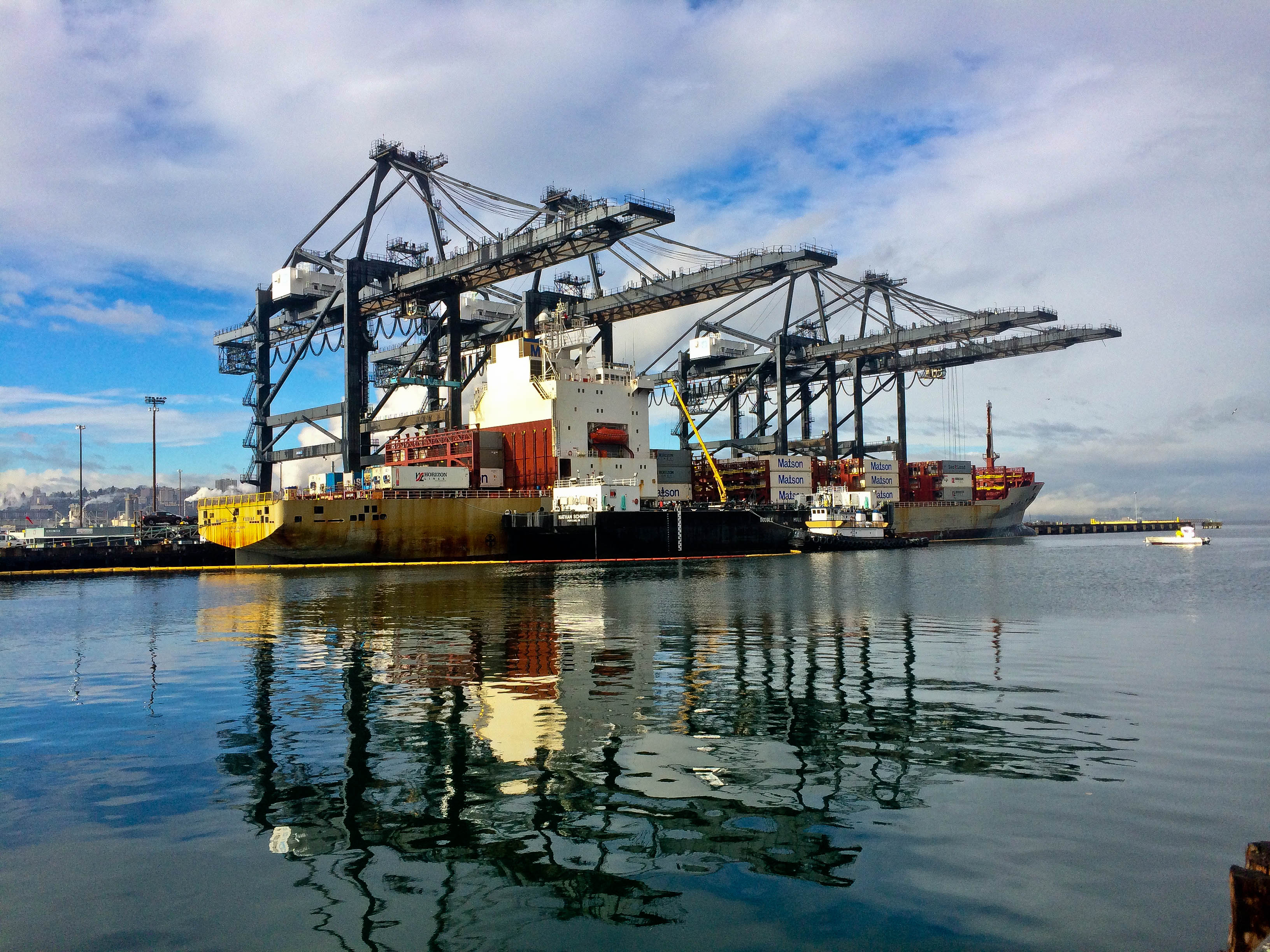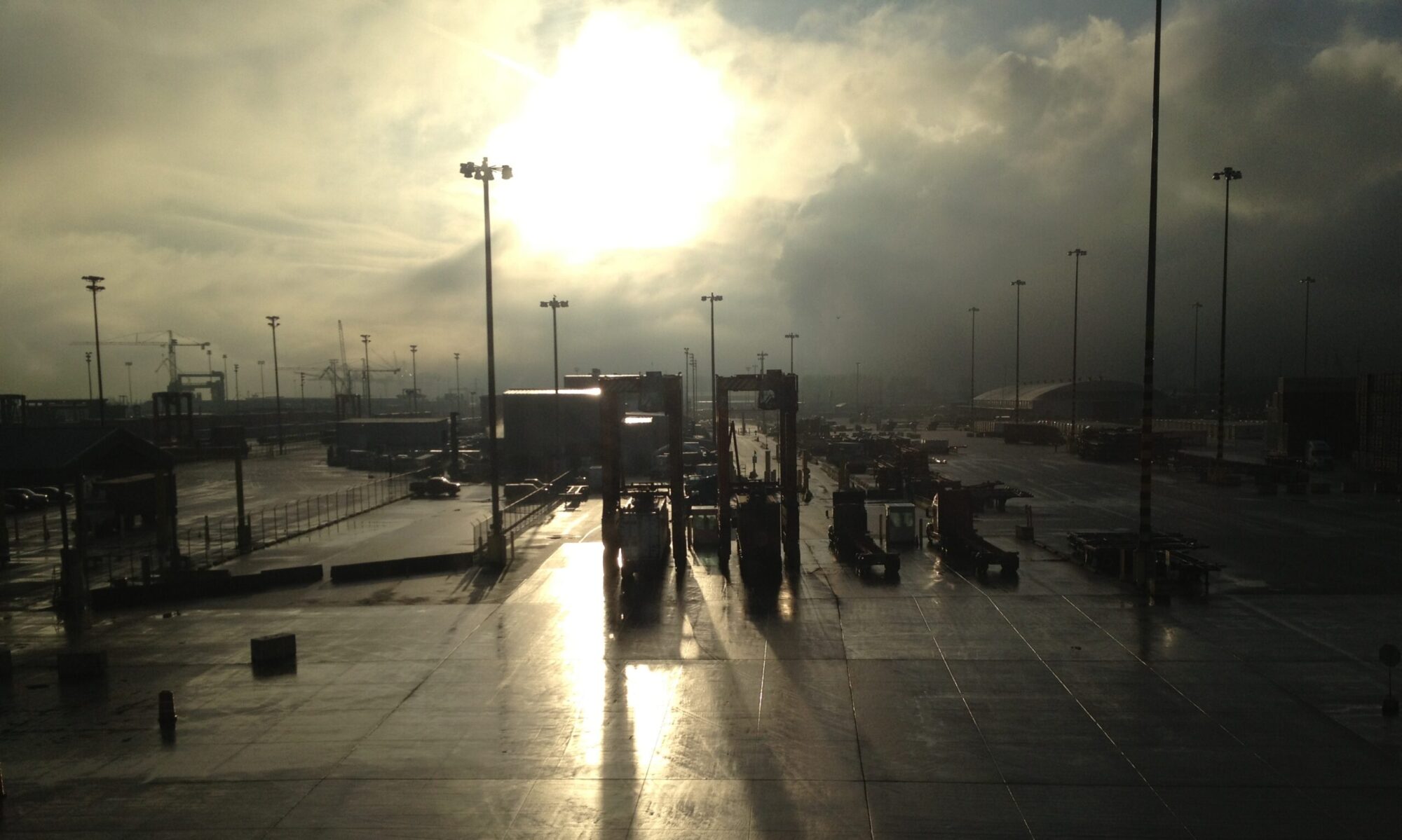
According to a report prepared for Port Metro Vancouver (PMV), their Container Traffic Forecast (which again, I encourage everyone to read), they predict that West Coast container volumes will increase between 3.4% and 5.7% per year through 2030. Based on that, they’re forecasting their share of the traffic will provide increases for PMV from 3.51 million TEUs in 2014 to 7.02 million TEUs in 2030.
According to the report, they believe they will capture the lion’s share of this work because:
“…Vancouver is considered to have a better competitive position than its immediate competitors – Prince Rupert, Seattle, and Tacoma – based on a review of the following criteria:
- Physical capability of the terminals;
- Planned development of capacity;
- Productivity of the terminals;
- Cost of transiting the terminals;
- Delivered costs to Central Canada and the US Midwest;
- Intermodal capacity;
- Import/export balances;
- Suitability as a regional hub; and
- Existing customer base.
Why is Vancouver in a better competitive position? Let’s look at the points raised in the PMV report.
Physical capability of the terminals.
While the Port of Tacoma (POT) estimates the terminals in Tacoma collectively are operating at about 50% of capacity, I believe the real amount would be closer to 65-70% of effective capacity – at least without major changes/upgrades. Olympic Container Terminal (OCT) and Pierce County Terminal (PCT) are typically close to being maxed out (although that’s lessened since the departure of Hapag Lloyd at PCT); the same is true of Washington United Terminal (WUT).
The effective capabilities of the terminals are also affected by other factors such as container cranes, for example. Of the eight container cranes directly owned by POT on Pier 3 and Pier 7, the average age is 27 years. I don’t have the ages of the cranes at Maersk but I’m guessing they’re in the same ballpark, maybe even older. The old cranes aren’t tall enough, strong enough, fast enough, and don’t have sufficient outreach to work larger modern container ships (modern ships are wider, longer and taller than the older ships).
The cranes at WUT and PCT are newer, but of those, only the ones at PCT and the two newer cranes at WUT can work the 15,000+ TEU ships.
Vancouver, by comparison has 16 Super-Post Panamax cranes all capable of working the largest ships currently in existence.
Much of the other cargo handing equipment owned by the port, such as the straddle carrier fleet, suffers from the same age-related problems.
Planned development of capacity
Vancouver and Prince Rupert both have big plans in the works to expand capacity. The only thing presently in progress at the POT is the renovation of Pier 4.
Productivity of the terminals
Productivity is impacted by the percent of utilization of the terminals. As the utilization rate goes up, productivity goes down. This impacts us adversely.
Another big factor in Vancouver’s favor is that the terminals in Vancouver are very dense compared to Tacoma. Deltaport, for example, just bought 12 new 5-high RTGs. Their 72 acre Centerm has 19 5-high RTGs. They push a lot more containers per acre through their yards.
Another example of yards with greater density would be Prince Rupert. In their 59 acre yard – that’s almost identical in size to OCT – they use 17 reach stackers. In 2015, they moved a record 776,412 TEUs.
The cost of transiting the terminals
This is a function of labor costs and container handling charges. These costs are somewhat lower at Canadian ports. Their estimate is a difference of about $30 US per 40’ container.
Delivered costs to Central Canada and the US Midwest
Here, the PMV report compares Panama Canal transit fees for all water cargo routes, versus taxes, rail charges and the Harbor Maintenance Tax (HMT) for intermodal cargo destined for the US mid-west. The HMT is roughly $100 per 40’ container for foreign imports coming through in Tacoma and other US ports.
Clearly Canadian ports have the advantage here because containers entering the US from Canada are NOT charged the HMT.
Altogether, they figure the cost of shipping to the mid-west through Vancouver runs between 9 and 14% less than shipping through Tacoma or Seattle.
Intermodal capacity
Tacoma has about a third more intermodal rail track space than Vancouver, so that advantage is ours.
The rest of the factors, import/export balances, suitability as a regional hub and existing customer base are all relatively equal between here and Vancouver.
So to sum up, the main competitive advantages the Canadian ports believe they enjoy are:
- They’ve put into effect massive expansion plans; and
- They have better, bigger and newer equipment; and
- They have slightly better productivity; and
- They have slightly lower labor and freight charges for US bound cargo; and
- They’ve got a $100 per container advantage because importers don’t have to pay the Harbor Maintenance Tax in Canada.
And basically that’s it.
